Worn Cast Iron Bath Resurfaced
Worn Cast Iron Bath Resurfaced
Below are some pictures of a standard sized cast iron bath that we ultimately resurfaced. This was a bath we worked on in Ealing, London. But this style of bath is very common the length and breadth of the country. This style would have been installed in thousands of homes, especially during the 1950s-60s.
These were pretty good baths and they did the job they were designed for just fine. However, literally after decades of use the wear and tear can really start to show.
The bath below is overall in pretty good condition for its age, except at the tap end. The enamel around the waste is wearing thin and there has been a past issue with the taps resulting in stained and etching from the shoulder at the tap end down into the bath itself. You can get an idea from the pictures below:
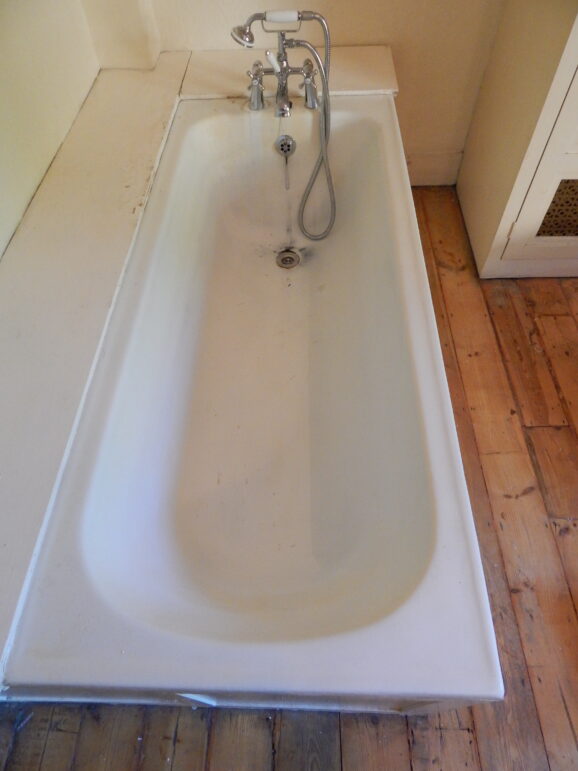
Worn Cast Iron Bath
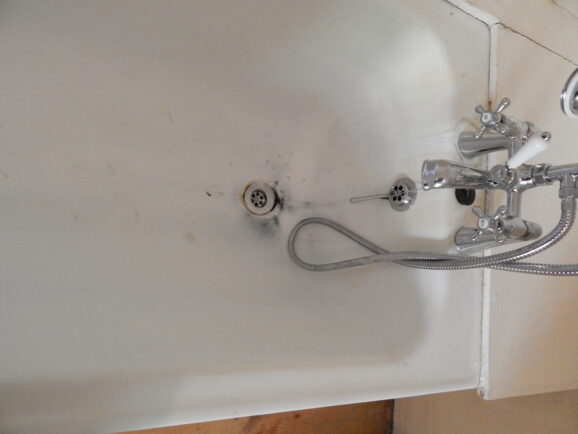
Worn Bath
In such circumstances, resurfacing the bath can give it a new lease of life and take something which has perhaps been letting the rest of the bathroom down into something that lifts the whole room. We are in and out in a day and the bath is usable first thing the next.
Here was how the bath looked when we had finished for the day:
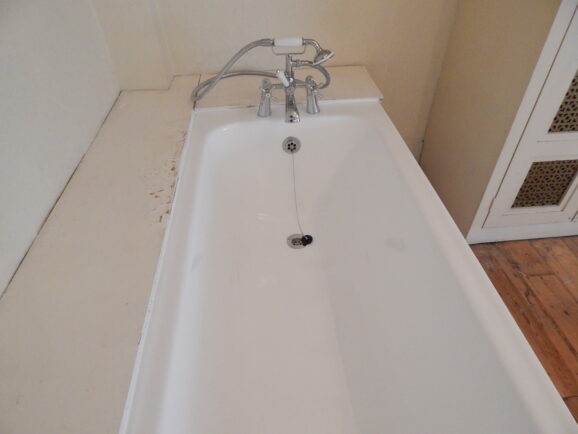
Resurfaced Bath
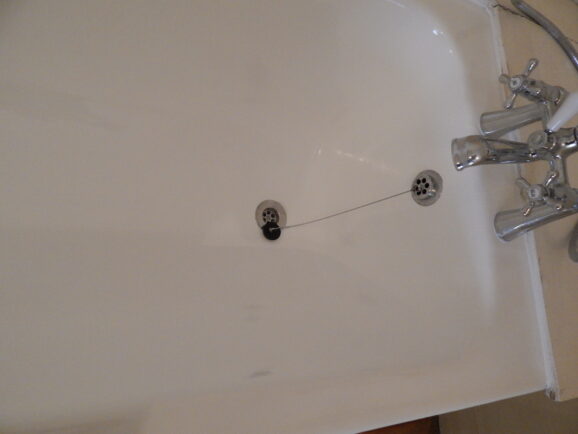
Resurfaced bath
Chip Repair on a Pressed Steel Bath
Chip Repairs
Of all the repair work we do on Baths, sinks and the like, the most common is repairing a chip or chips on pressed steel baths. Pressed steel baths have many advantages over cast iron. They are lighter, cheaper and easier to install. They also have advantages over most acrylic baths. They are longer lasting generally. There is less flexing and movement of the bath when in use so problems such as putting your knee through the bath or cracks appearing, as sometimes occurs with acrylic baths, does not occur with a pressed steel bath.
But a major dis-advantage of pressed steel is the fact of the enamel being very hard and brittle. So much so that when there is an impact on the surface of the bath, the enamel can’t flex or absorb the impact and often a chip of enamel is knocked of the surface of the bath. Often (in fact usually in my experience) the chip exposes the metal below the enamel. As the metal is treated and black, it really shows up against the enamel.
Here is a picture of a chip on a pressed-steel bath. This was a repair done in a home near Rochester:
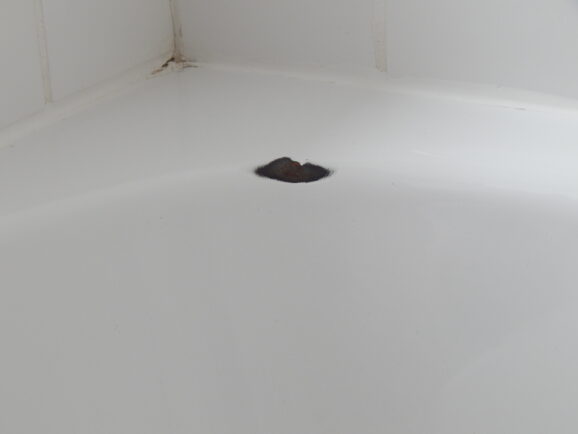
Chip on a pressed steel bath
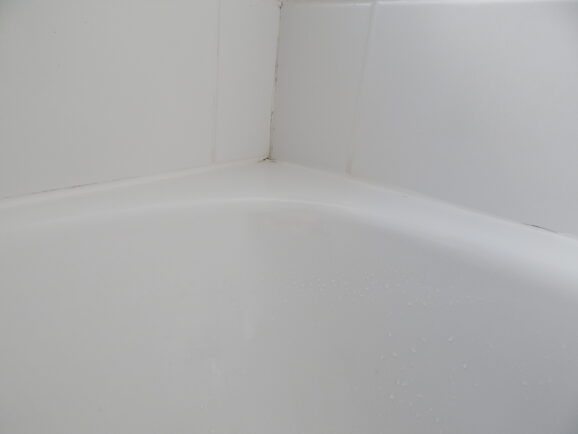
The first issue with a chip is cosmetic. It just looks wrong in a bath and does tend to catch the eye. The second issue is that left long enough, rust can start to form. And that, left long enough, can work its way though the steel of the bath and you can end up with a hole.
The good news is that it does tend to take a long time for this to happen, especially on higher end pressed-steel baths which tend to use a thicker steel in the construction of their baths. But it is best to repair the chip. as soon as possible.
So a repair of a chip on a pressed steel bath serves two purposes: the first is cosmetic and takes the eye of the damages area. The second is that the repair keep the water from being in direct contact with the steel and so prevents rusting or corroding of the metal below.

The chip in this pressed steel bath has “disappeared”
It would seem that for most people, the primary reason to get a chip repair done is cosmetic. We can certainly rectify this.
The level of repair we go for is that if someone was to walk into the room after we have done the work, they wouldn’t see the repaired area, their eye wouldn’t be drawn to it and catch on it. Often however, we can get it to the point where the customer themselves cannot see the repair or locate where the original chip was located.
The secret to getting an invisible repair, or very close to invisible, is that we make the colour onsite to match the item we are repairing. We don’t use a selection of several shades of white (most repairs, especially of pressed steel, are some shade of white) and go with the closest. What we do is we actually build the colour onsite to match the specific item we are repairing. It can be a lot of work trying to match a colour onsite, especially if the lighting in the room isn’t great and it adds a lot of time to the process but it’s the best way we have found to make repair as good and as invisible as possible
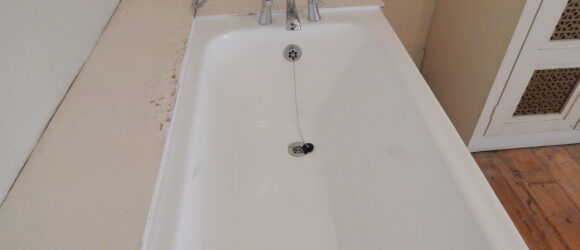
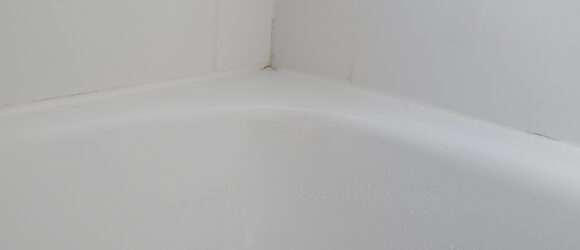


 Add us to your circle
Add us to your circle